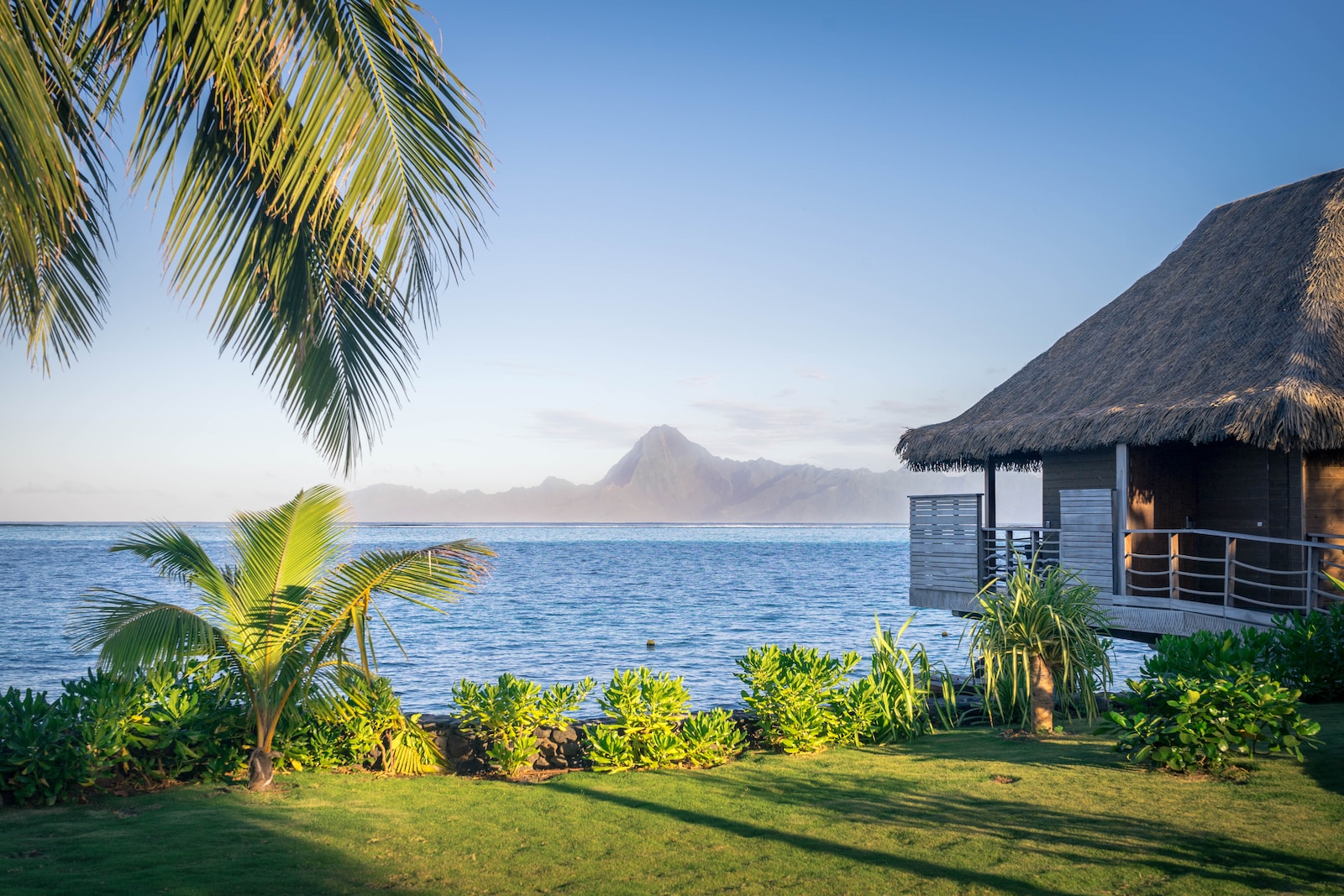While cruise ships face growing resistance in port cities worldwide—with many destinations imposing hefty taxes or outright bans on massive vessels—there’s one paradise where cruising is not just welcome, but actively encouraged.
A Focus on Quality Over Quantity
When you’re an island or archipelago, especially one far from everything else, boats and cruising take on an entirely different meaning. French Polynesia perfectly exemplifies this approach, with its tourism sector, particularly cruising, set to reach record numbers this year.
This isn’t entirely surprising when you consider that one-third of tourists visiting French Polynesia (264,000 in 2024) choose to explore the region primarily by sea. While some opt for sailing yachts, the majority choose cruise ships. What makes this destination unique is that Tahiti and its neighboring islands welcome almost exclusively small, modern, well-equipped vessels from companies specializing in luxury cruising, particularly American operators. In short: less volume, more high-end experiences, and greater economic contribution.
This strategy hasn’t gone unnoticed by local authorities, who have spent years improving facilities for cruise ships and their passengers. The 2024 inauguration of a new terminal in Papeete, which will be completed this year, can accommodate up to three ships simultaneously with a total capacity of 2,000 passengers.
While this capacity might seem limited compared to what you see elsewhere, it apparently satisfies local authorities, residents, business owners, and cruise passengers alike. Everyone involved is committed to preserving a certain “quality” by avoiding mass tourism and its negative impacts on both the human and natural environment—especially important since many areas of the Polynesian archipelago remain extremely fragile.
Record Numbers Expected
Building on this foundation, Tahiti expects around 60,000 cruise passengers to visit in 2025 (nearly double the 2023 figures) and approximately 50,000 others who will depart from there for cruises to other islands in the Polynesian archipelago. That’s a total of just over 100,000 people experiencing a completely different approach to cruising.
This represents a refreshing alternative in an industry often criticized for overtourism—proving that sustainable cruise tourism isn’t just possible, it can be profitable and enjoyable for everyone involved.

